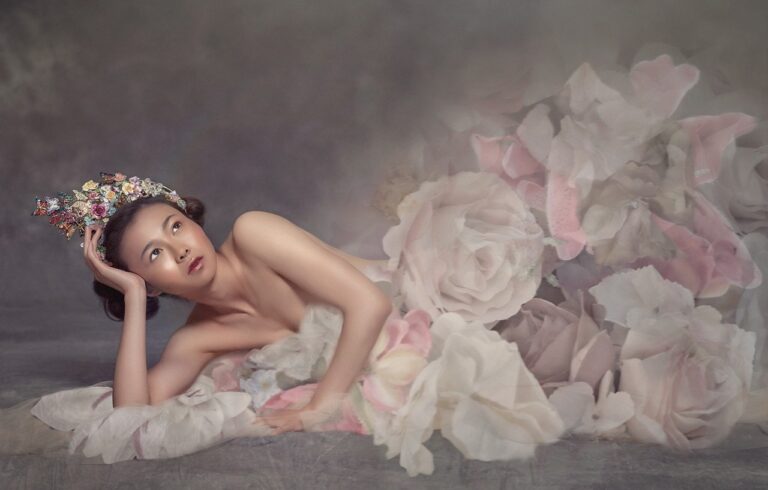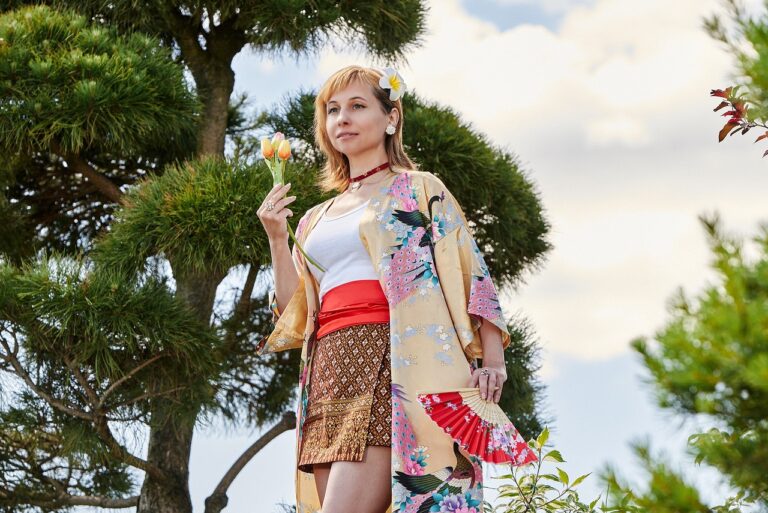Fashion and Performance Art: Theatrical Costumes on and off the Stage
The costumes worn by performers play a crucial role in enhancing the overall atmosphere of a theatrical production. They not only help to visually represent the characters but also aid in setting the time period and location of the performance. The colors, textures, and styles of the costumes can convey specific emotions and help to immerse the audience in the world of the play.
Furthermore, theatrical costumes can also serve as tools for character development and storytelling. The way a character is dressed can provide insights into their personality, social status, and relationships with other characters. By carefully choosing and designing costumes, costume designers and performers can work together to bring depth and authenticity to the characters, making the performance more engaging and believable for the audience.
The Influence of Historical Fashion on Theatrical Costumes
The historical fashion of different time periods serves as a well of inspiration for costume designers in the realm of theatrical performances. From the intricate details of Victorian era garments to the bold silhouettes of the 1920s flapper dresses, historical fashion elements are often incorporated into theatrical costumes to accurately capture the essence of a specific era or to evoke a particular mood.
Costume designers meticulously study historical garments, analyzing the construction techniques, fabric choices, and embellishments, to ensure that the theatrical costumes they create are not only visually striking but also authentic representations of the time period being portrayed on stage. By integrating historical fashion influences into theatrical costumes, designers are able to transport audiences to a different era and enhance the overall aesthetic appeal of the performance.
The Collaboration Between Costume Designers and Performers
Costume designers play a crucial role in bringing characters to life on stage. Their collaboration with performers is essential in capturing the essence of a character through the attire they wear. The costume designer’s vision and understanding of the character’s personality and background greatly influence the performer’s portrayal, creating a harmonious blend of visual aesthetics and performance.
In the collaborative process, performers work closely with costume designers to ensure that the costumes not only reflect the character’s traits but also enhance their movements and actions on stage. By actively participating in fittings and discussions, performers provide valuable insight into how the costumes can support their performance, allowing for a seamless integration of costume and character. This partnership between costume designers and performers is a dynamic exchange of creativity and interpretation, ultimately contributing to a cohesive and immersive theatrical experience.
– Performers work closely with costume designers to ensure costumes reflect character traits
– Costumes are designed to enhance movements and actions on stage
– Performers actively participate in fittings and discussions to provide valuable insight
– Partnership between costume designers and performers is a dynamic exchange of creativity
What is the role of theatrical costumes in performance art?
Theatrical costumes play a crucial role in bringing characters to life on stage and enhancing the overall visual impact of a performance.
How does historical fashion influence theatrical costumes?
Historical fashion often serves as a source of inspiration for costume designers, helping them create authentic and visually striking costumes for period pieces or historical dramas.
How do costume designers collaborate with performers?
Costume designers work closely with performers to understand their characters and bring their vision to life through costumes. This collaboration ensures that the costumes not only look great but also help the performers embody their characters fully.







